SkwerI
Treehouser
No, Greg. You're not right but we'll allow you to be wrong. 




I remember the little slivers that rope put in my hands & wrist. Though it may have been another brand.Have you tried Tubb's brand 3 strand twisted manila. The best in its day.

OK, and I have 150' of Fly in my shop as well. I'll find something to do with it one day.
I always used to bunch up my rope as well below me .I use a piece of 3/8" static kernmantle when I'm working by myself and don't have much space to toss branches into. I haul all the rope in bag dangling from a saw lanyard so no branches can land on it and get me stuck. The lighter weight is nice, but it is unnerving to look at. It also tends to incise pretty deeply into the bark and gets real pitchy fast unless I use a friction saver with it.


Use the skinny ropes for a few weeks and then switch back to the 1/2" and you'll realize the weight difference quick. Velocity all the way.
Oh and by the way RD... your pa has all these:
* Arboriculture: Integrated Management of Landscape Trees, Shrubs, and Vines, 4th edition (Harris et al. ) - the standard text for introductory arboriculture, and the primary reference for working arborists.
* ANSI A300 standards for tree care operations (TCIA, all parts) - industry standards.
* ANSI Z133.1 standard for tree care operations (ISA) - industry standards.
* ANSI Z60 standard for nursery stock (ANLA) - industry standards.
* Best Management Practices (ISA, all topics)
* Plant Health Care for Woody Ornamentals (Lloyd et al.)
* Abiotic Disorders of Landscape Plants—A Diagnostic Guide (Costello et al.)
* Trees and Development: A Technical Guide to Preservation of Trees During Land Development (Matheny and Clark)
* Manual of Woody Landscape Plants (Dirr)
* An Illustrated Guide to Pruning, 2nd edition (Gilman)
* Principles and Practice of Planting Trees and Shrubs (Watson and Himelick)
* Arborists’ Certification Study Guide (Lilly)
* Plant Physiology (Kozlowski)
* Urban Soils: Applications and Practices (Craul)
* A New Tree Biology (Shigo) - the classic text by the man widely considered the father of modern arboriculture, Alex Shigo.
* The Landscape Below Ground; Parts I and II (Neely and Watson)
* Arboriculture and the Law (Merullo)
* Trees and Building Sites Conference Proceedings (Watson and Neely)
* The Art and Science of Practical Rigging (Donzelli et al.)
* A Photographic Guide to the Evaluation of Hazard Trees in Urban Areas (Matheny and Clark)
* Diseases of Trees and Shrubs (Sinclair et al.)
* Evaluating Tree Defects (Hayes)
* Guide for Plant Appraisal, 9th edition (CTLA)
* Insects That Feed on Trees and Shrubs (Johnson et al.)
* Tree Structure and Mechanics Conference Proceedings: How Trees Stand Up and Fall Down (Smiley et al.)
* Journal of Arboriculture
* Pesticide information: www.greenbook.net and www.pesticideinfo.org
* Urban Forestry: Planning and Managing Urban Greenspaces (Robert Miller)
* Natural Disaster Damage to vegetation
Other significant study materials and references for arborists include:
* USDA Soil Surveys
* Soil Science (Hausenbuiller)
* Urban Soil in Landscape Design (Craul)
* Built Environment (Bartuska)
* Design with Nature (McHarg)
* Principles and Applications of Soil Microbiology (Sylvia et al.)
* The Biology of Symbiotic Fungi (Cooke)
* Mycology - Plant Pathology Internet Guide Book (Kraska)
* Forest Entomology: Ecology and Management (Coulson & Witter)
* Plants of the Pacific Northwest (Pojar), or similar local reference
* Trees of Seattle (Jacobson), or similar local reference
* Natural Vegetation of Oregon and Washington (Franklin), or similar local reference
* The Use and Significance of Pesticides in the Environment (McEwen)
* The Body Language of Trees (Mattheck)
* Trees (Coombes)
* Wild Neighbors: The Humane Approach to Living with Wildlife (HSUS)
* IPM World Textbook (Radcliff, online)[10]
jp
 ), so I think the 10 books we have on Tree ID is enough to keep me going for awhile!! Thanks for the help!!
), so I think the 10 books we have on Tree ID is enough to keep me going for awhile!! Thanks for the help!!
You guys who have rope laying around in your garage not being used, I will gladly take it off your hands.

